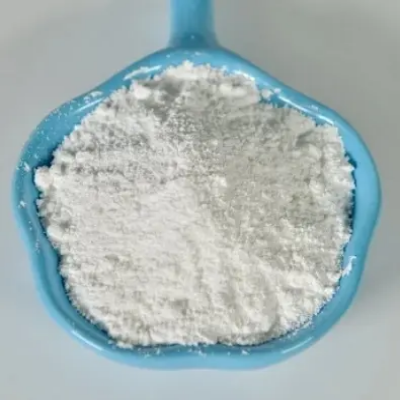Rhodium(III)sulfate CAS:10489-46-0
Rhodium(III) sulfate finds diverse applications in chemical synthesis, catalysis, and materials science. As a key reagent in organic synthesis, it facilitates the preparation of complex organic compounds, including pharmaceutical intermediates, fine chemicals, and coordination complexes. Its use in chemical reactions enables the construction of specific molecular structures and the development of new materials with valuable properties, contributing to advancements in synthetic chemistry and the creation of functional materials. Moreover, rhodium(III) sulfate serves as a catalyst in numerous chemical transformations, particularly in hydrogenation, dehydrogenation, and C–C bond-forming processes. Its presence in catalytic systems enhances reaction rates and selectivity, enabling efficient routes for the production of fine chemicals, polymers, and specialty materials. The utilization of rhodium(III) sulfate as a catalyst supports sustainable practices and green chemistry initiatives in the development of high-value chemical products. In the field of materials science, rhodium(III) sulfate is employed in the fabrication of advanced materials, such as electrocatalysts, conductive coatings, and luminescent complexes. Its role in materials synthesis contributes to the design and engineering of functional materials with tailored properties for applications in electronics, energy storage, and environmental technologies, driving innovation in material design and performance. Furthermore, rhodium(III) sulfate has niche applications in analytical chemistry and spectroscopy. It is utilized as a reference material for calibration and standardization in the analysis of rhodium content in various samples. Its precise measurement and characterization support quality control and research efforts, ensuring accurate determinations of rhodium concentrations in diverse matrices. Overall, the versatile nature of rhodium(III) sulfate positions it as a valuable component across multiple scientific and industrial domains, from organic synthesis and catalysis to materials engineering and analytical methods. Through its varied uses, this compound continues to contribute to the development of novel compounds, advanced materials, and sustainable chemical processes, supporting a wide range of industrial, research, and technological endeavors.



| Composition | Rh2(SO4)3 |
| Assay | 99% |
| Appearance | white powder |
| CAS No. | 10489-46-0 |
| Packing | Small and bulk |
| Shelf Life | 2 years |
| Storage | Store in cool and dry area |
| Certification | ISO. |


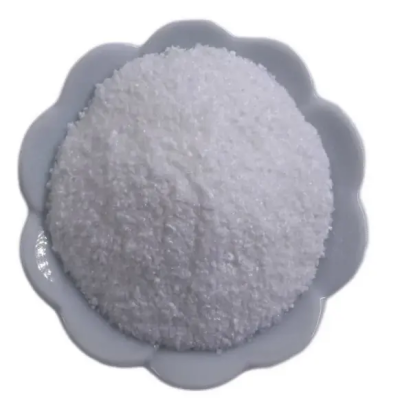

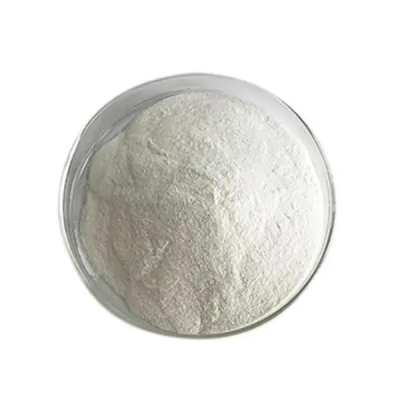
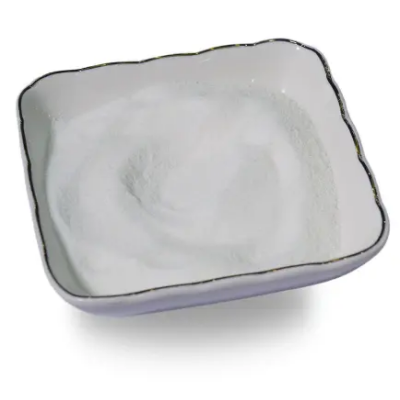
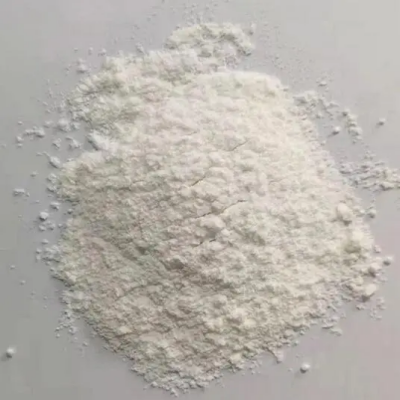
![Di-chlorobis[(1,2,3-)-1-phenyl-2-propenyl]dipalladium(II) CAS:12131-44-1](https://cdn.globalso.com/xindaobiotech/WO70D3S3M@H2JIKQ44.png)

